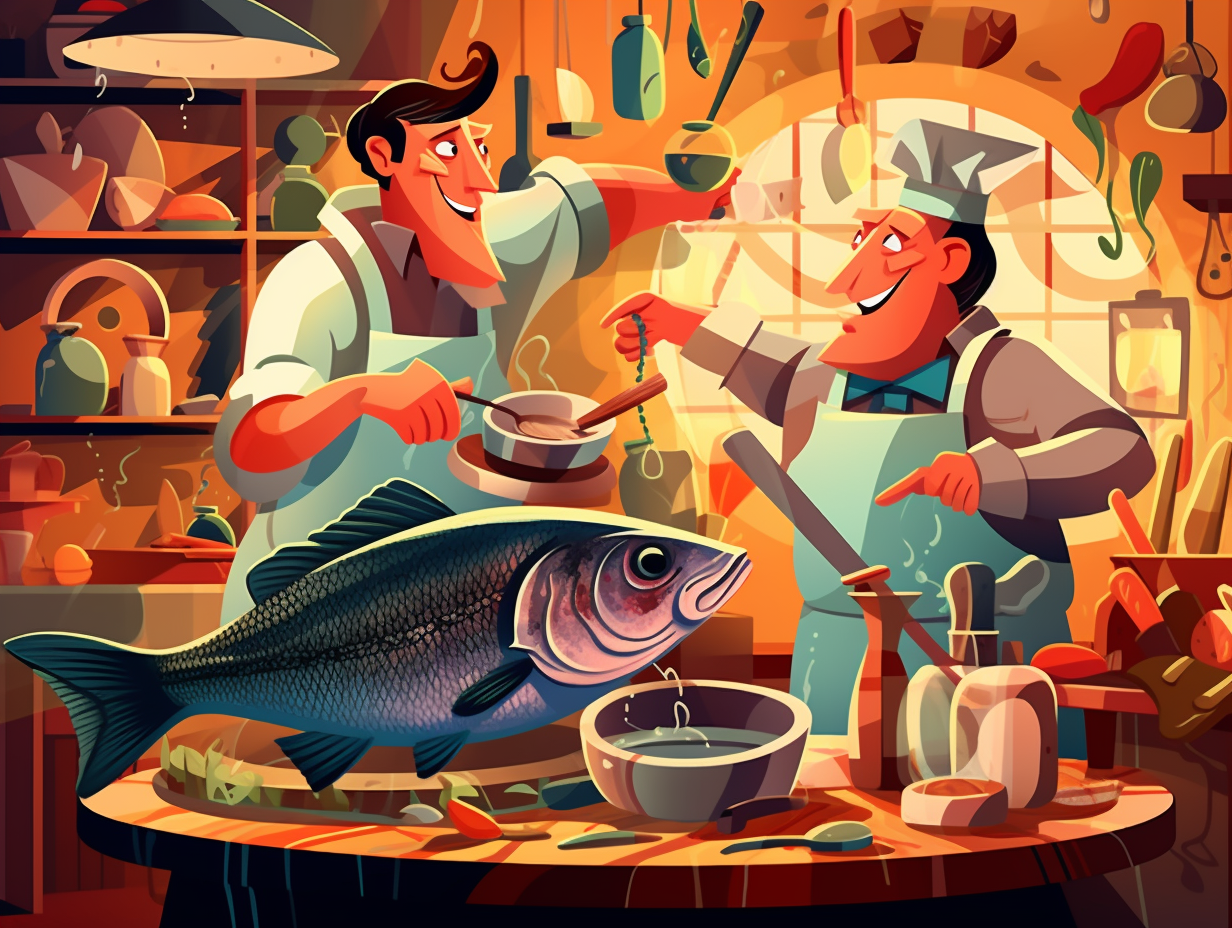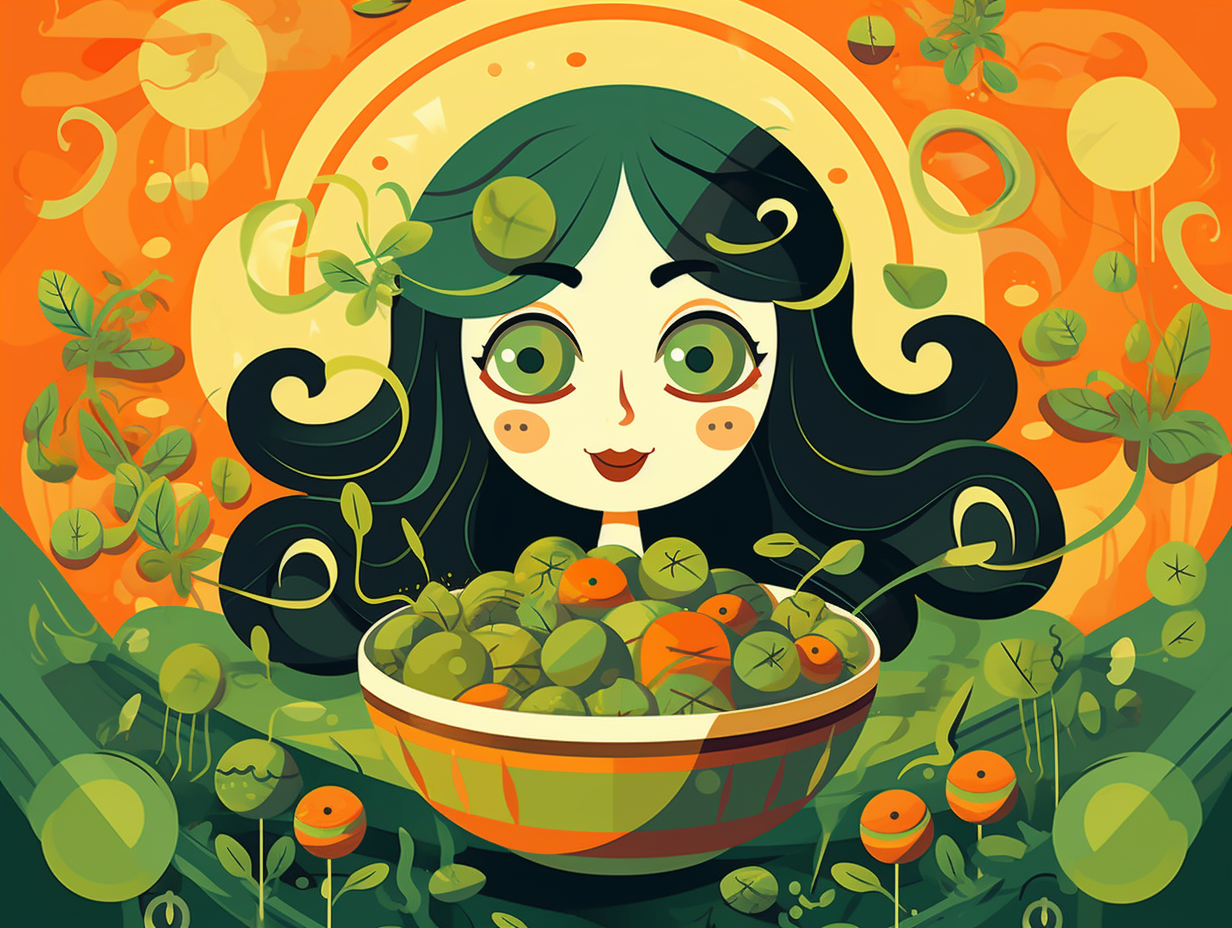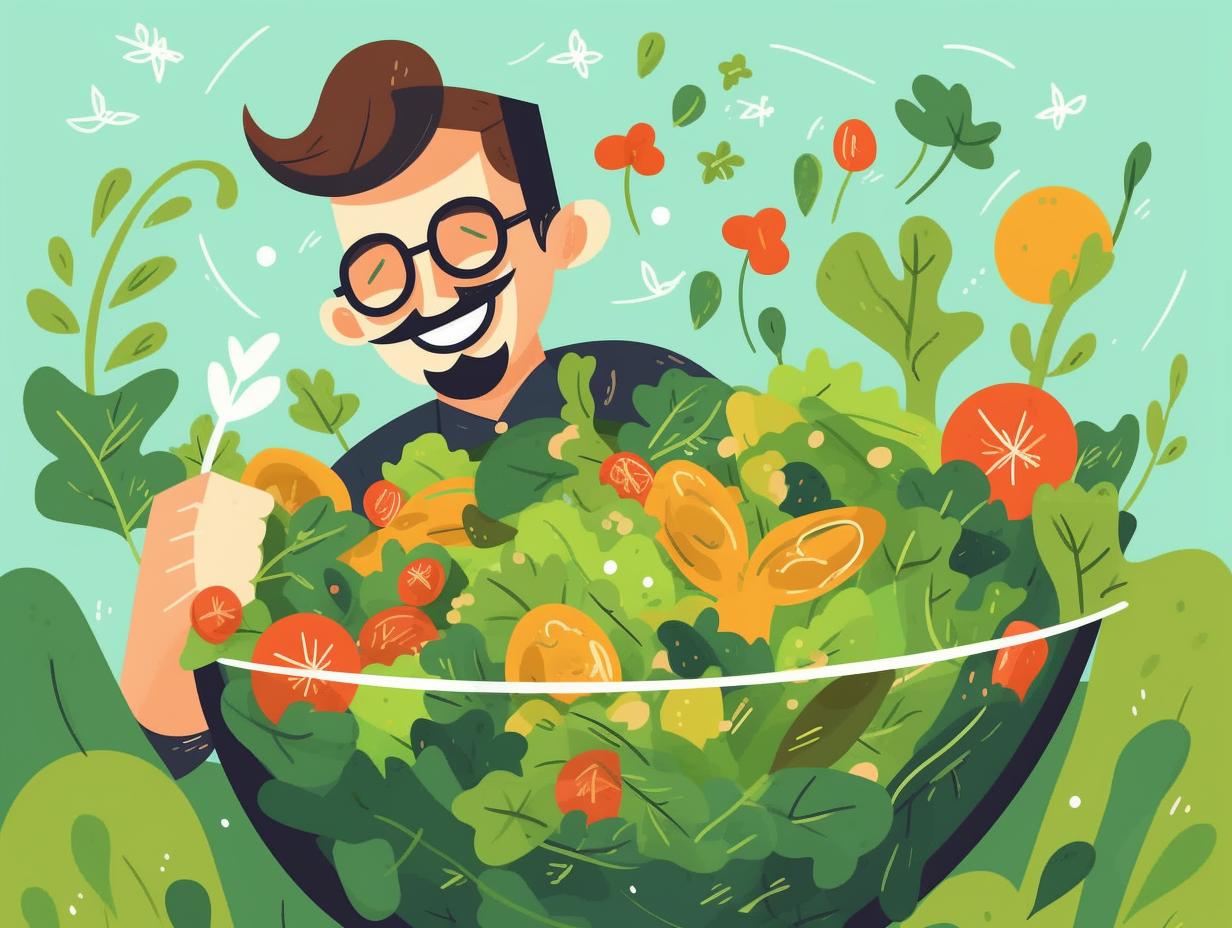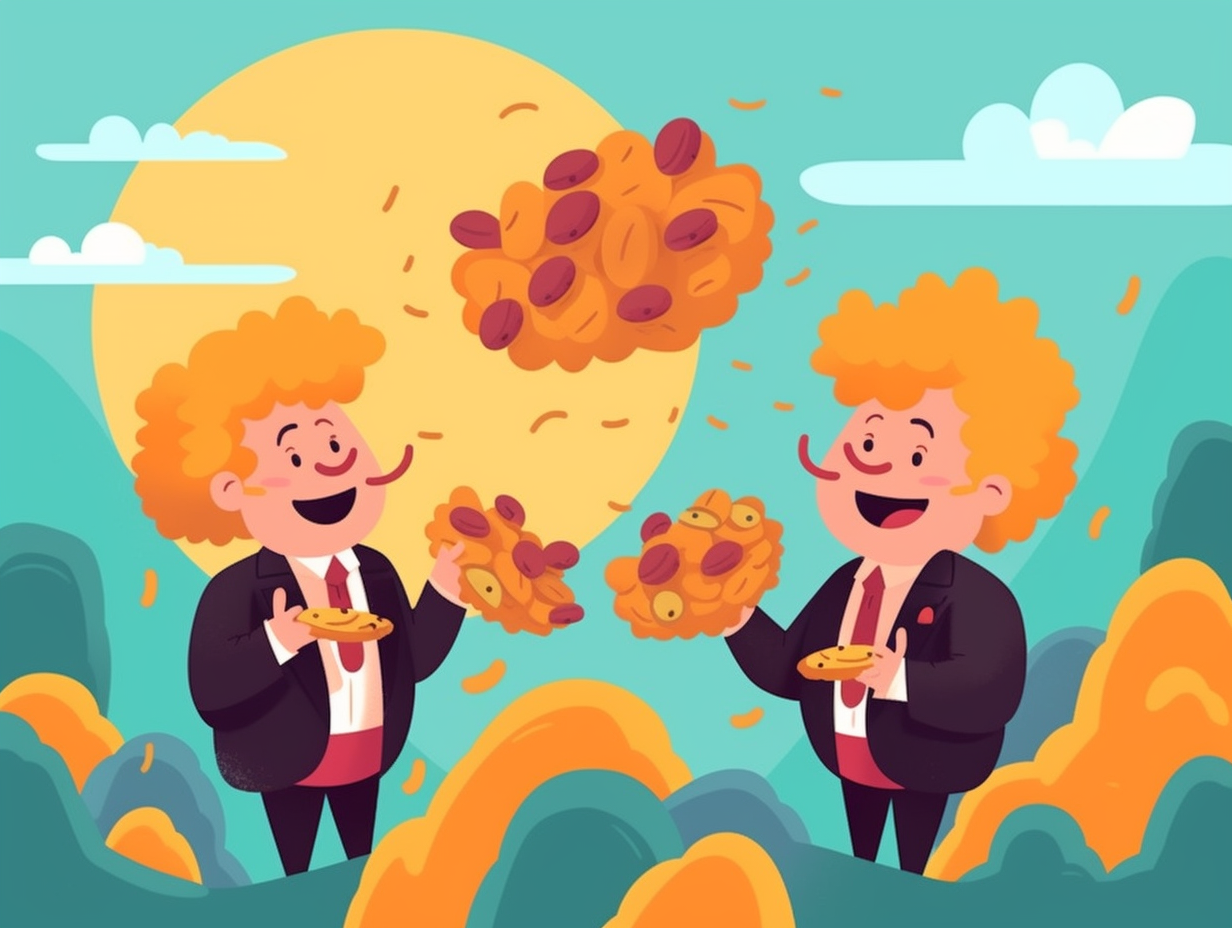Discover the Ocean's Delights: Top 14 Fun Facts About Seafood You Won't Believe!

1. Lobster Handedness
In a seafood spin on ambidexterity, lobsters show us the claw-some life skill of literally taking matters into their own hands, or claws: Lobsters become either right-handed or left-handed during juvenile stages, working their way to having a dominant crusher claw and a seizer claw, with the dominant side determined by their early living experiences and even regenerating a lost claw to retain the same handedness.
Source => lobsters.org
2. Oyster Water-Cleaners
Move over, Aquaman: Oysters might just be Earth's next water-cleaning superheroes! With their unassuming appearance, they're secretly protecting the aquatic realm by consuming excess nutrients that threaten the environment: To put things into perspective, one million adult oysters filtering the waters of Chesapeake Bay can remove around 200 pounds of nitrogen and 22 pounds of phosphorus, making them a powerful ally in the fight against water pollution.
Source => coastalscience.noaa.gov

Did you know imitation crab isn't actually crab, but made from Alaskan Pollock? Discover how this clever crustacean copycat is made and why it tastes so similar. 🦀🐟
=> Fun Facts about Sushi
3. Lobster Blue Blood
Feeling a little blue? You've got nothing on these crustaceans: Lobsters actually have blue blood due to their copper-based molecules which efficiently bind with oxygen, allowing them to thrive in colder, low-oxygen waters and giving them that unique blue blood hue.
Source => kayhan.ir
4. Cephalopod Camouflage
When it comes to hide-and-seek, cephalopods are the World Champions with an invisibility cloak that would make Harry Potter jealous: these sneaky critters like octopuses, squids, and cuttlefishes can not only change their skin color to blend in with their surroundings, but also alter the texture of their skin by controlling the size of projections called papillae—allowing them to mimic the appearance of rocks, corals, and other objects nearby, essentially becoming the underwater chameleons, and some even use color changes like the blue-ringed octopus as a neon "back off" sign, signaling their venomous and dangerous nature.
Source => ocean.si.edu

5. Crab Leg Regrowth
Crabs seem to have a strong leg-up on the competition when it comes to taking "break a leg" quite literally: These ingenious crustaceans can regrow their legs after molting, shedding not only their exoskeletons but also their limbs, antennae, and more, only to regenerate them through three molting stages thanks to a specialized limb bud that grows in advance of their big molt.
Source => fisheries.noaa.gov
6. Age-Defying Ming Clam
Step aside, Hollywood divas and skincare enthusiasts: Ming the Ocean Quahog clam has a natural secret to its age-defying youthfulness that'll have you clamoring for more. The ancient shellfection itself, once thought to be a sprightly 405 years old, is actually an astounding 507 years young and holds the Guinness World Record as the oldest non-colonial animal on Earth, blazing past even the 400-year-old Greenland Shark with ease. Just beware – it doesn't share its elixir of life with the potentially immortal coral colonies, which can live for over 4,000 years!
Source => museum.wales
7. Fishy Smell Science
Ever wondered why that raw fish you're about to make sushi with packs a whiff that's fishier than a sardine's tale of woe? It's all about the TMA, baby: Trimethylamine Oxide (TMAO) in marine fish breaks down into trimethylamine (TMA) after the fish kicks the proverbial bucket, producing that classic "fishy" smell, and revealing the fish's freshness level - lower TMA means fresher fish!
Source => sciencedirect.com
8. Fortune-fin Tuna
Feeling a bit fishy in the wallet department? You could go catch yourself a fortune-fin tuna: A single 1000-pound bluefin tuna, caught off the coast of Nova Scotia, can be sold in Japan for more than $30,000, yielding around 20,000 scrumptious sushi servings, though conservation measures should be kept in mind to maintain the Atlantic bluefin tuna population.
Source => huffpost.com
9. Seahorse Mr. Moms
Seahorses: the original Mr. Moms of the ocean, tangoing their way through breeding and birthing in an underwater adventure of love and paternal dedication! In all seriousness: these monogamous creatures dance for hours during mating, with males proudly sporting a brood pouch for nurturing and protecting the developing youngsters until they're ready to be expelled, fully equipped to survive on their own in a big sea world.
Source => animals.mom.com

10. Medicinal Snail Venom
Talk about "killer snails" at the doctor's office: cone snail venom is being used to create potent new painkillers and medications for diseases like Alzheimer's, Parkinson's, depression, and epilepsy. In fact, one pain reliever derived from the magician cone snail is a whopping 1,000 times more effective than morphine!
Source => en.wikipedia.org
11. Ancient Cyanobacteria
Ever get the feeling you're being watched by a microscopic marine lifeform that's older than dirt? Well, you're probably right: Cyanobacteria, tiny oxygen-producing organisms, have been around for a whopping 2.7 billion years, thriving in places like rocks, soil, lakes, and even the icy wilderness of Antarctica, making sure we have enough oxygen to breathe and fuel our own sitcom of life!
Source => askdruniverse.wsu.edu
12. Squid and Octopus Hemocyanin
When life gives you lemons, marine creatures like squids and octopuses just squeeze out some extra hemocyanin: These sea-dwelling geniuses can tweak the concentration of this copper-based, oxygen-binding protein in their blood by a whopping 40% to withstand freezing polar waters or sauna-like thermal vents, all while flaunting their unique blue blood!
Source => scienceabc.com
13. Centenarian Geoduck Clams
Move over, Methuselah, there's a new centenarian under the sea: Geoduck clams, native to western Canadian and northwest US coastlines, can live beyond 150 years, with distinct tree-like annual growth rings on their shells. Known as a fan favorite in British Columbia for their water-cleansing abilities, these deep-digging diggers like to play hard-to-get, hiding up to a meter below the ocean floor, making their harvest a delightful challenge with zero by-catch woes.
Source => iflscience.com
14. Seafood Color Transformations
If shrimp had a dating profile, they'd rock the color-changing chameleon look, going from raw and translucent to a cooked-to-perfection pink: This makeover magic happens because their shells contain astaxanthin, the pigment responsible for flamingos' and salmon's rosy shade, which is released when they're cooked. Meanwhile, if squid jumped on the dating app bandwagon, they'd boast about turning from ivory to bright white when cooked, thanks to protein denaturing. Seafood – always serving up a visual buffet to complement their tasty offerings.
Source => academic.oup.com
Related Fun Facts




















